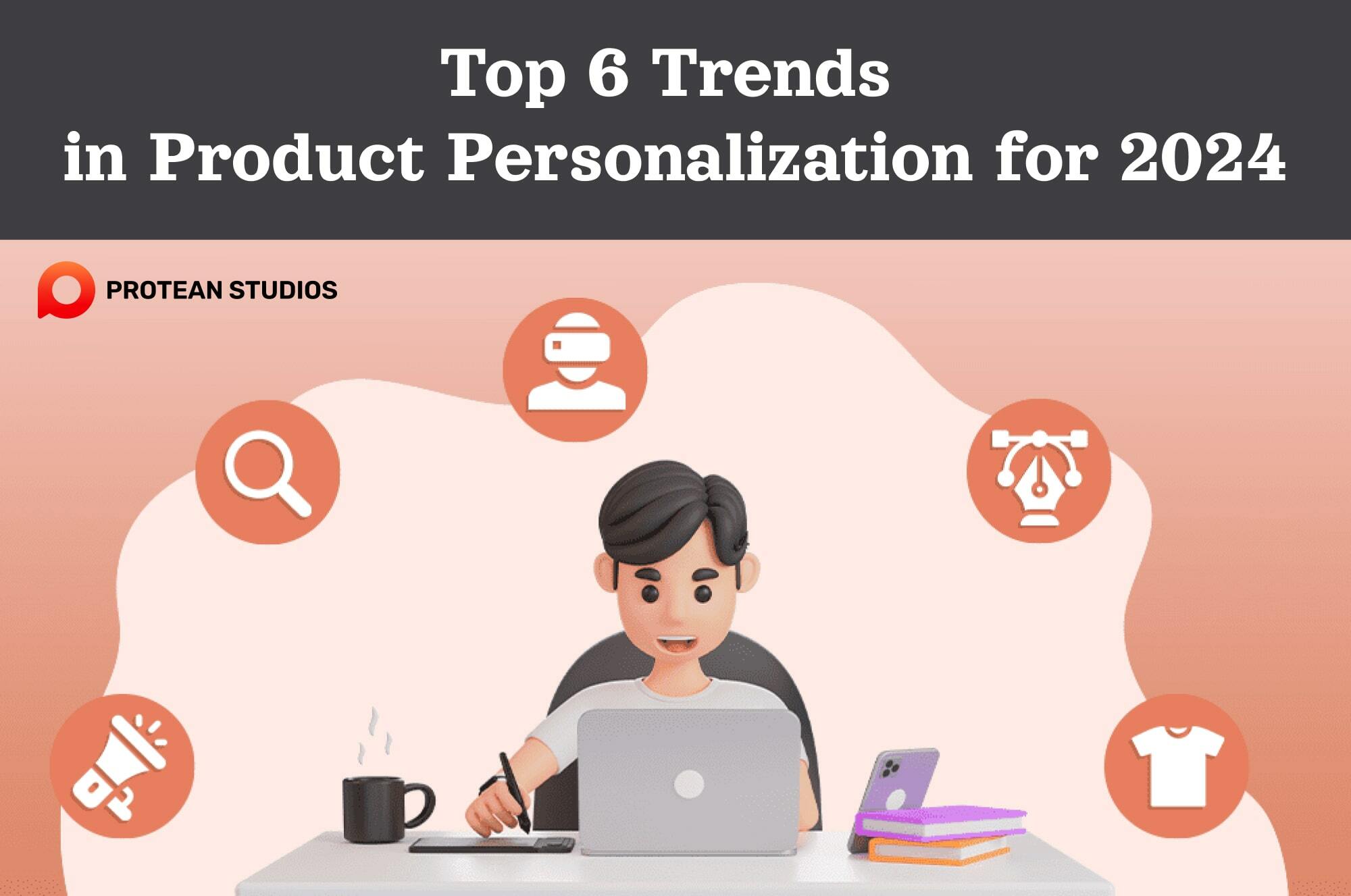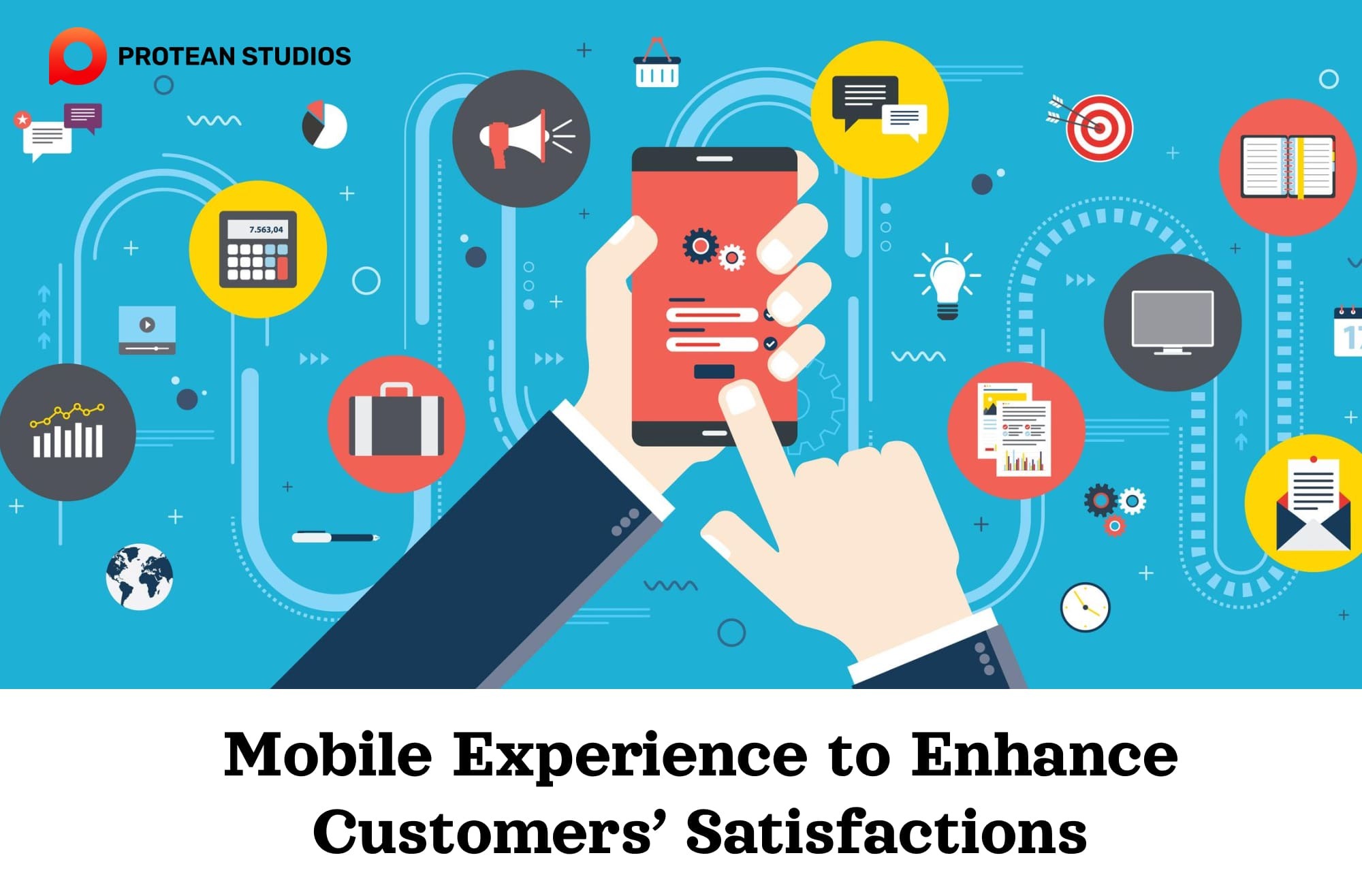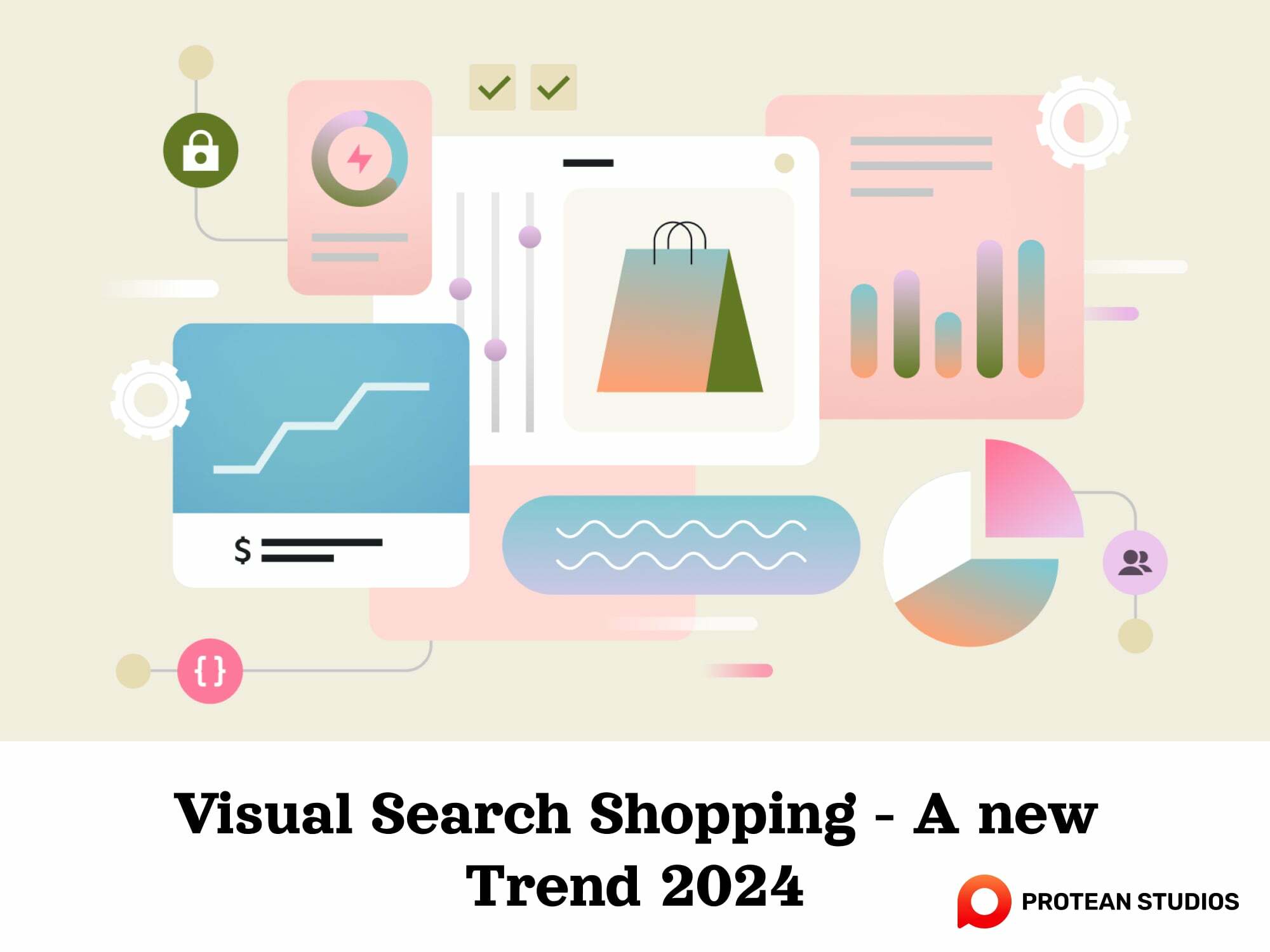In the world of digital marketing, product personalization is not just a choice; it's a must-have strategy for brands to connect with customers and keep them loyal. As customer expectations keep changing, it's crucial for brands to keep up with new trends to make sure customers have a positive experience.
In this blog post, we'll look at the top personalization trends that will shape digital marketing in 2024. From improvements in artificial intelligence (AI) to super-personalization and dynamic content, we'll explore strategies that will help brands connect with customers and build loyalty.
An overview of personalized trends in 2024
Product personalization isn't just a nice extra anymore; it's essential for every business. A previous study by Epsilon found that 90% of people surveyed liked personalized experiences. Plus, 80% said they'd choose a brand that offers personalized services.
Thus, offering personalized products is now crucial for staying competitive in any industry. If you want to keep up and stand out, it's time to start personalizing your products. There are various ways businesses can tailor the customer experience to meet individual needs.
If you have an interest in personalized marketing, you can see more: Getting Started with Personalized Marketing
Top trends in product personalization for 2024
In 2024, consumers want experiences tailored to their individual needs and preferences. Thus, the world of product personalization continues to evolve, offering innovative ways to cater to each customer's journey. Here are some of the hottest trends shaping personalized experiences this year:

1. Augmented reality (AR) and virtual reality (VR)
AR and VR are transforming the e-commerce landscape by providing customers with an "in-store" experience even when shopping remotely. These technologies allow brands to engage customers through digital experiences, personalizing their products.
For instance, Google has introduced AR beauty tools that enable shoppers to virtually try on various beauty products. It includes hair color and foundation from their mobile browsers. Over 50 beauty brands now offer AR try-on experiences on Google.
2. Mobile Experience
This trend provides a mobile experience that remains a top priority for businesses. If your mobile experience isn't smooth, you're falling behind! A study predicts that mobile e-commerce sales will hit $3.44 trillion by 2027. It's crucial to focus on customizing your store for mobile users right now.

Now, Amazon leads the way in mobile e-commerce sales, and they offer a feature-rich app that covers different verticals.
3. AI-Powered Personalization
AI-driven personalization has become more advanced. Machine learning algorithms analyze vast amounts of data to deliver tailored content to customers. Besides, AI can support humans in many roles, including:
Analyze customer data: Understand sales history, search behavior, and preferences to recommend relevant products and tailor product displays.
Predict customer needs: Expect what customers might be interested in based on their past interactions and industry trends, offering proactive and personalized suggestions.
Provide real-time recommendations: Chatbots powered by AI can engage customers in real-time, offering personalized product suggestions based on their current conversation or browsing activity.
4. Hyper-personalization
In 2024, another product personalization trend emerging is hyper-personalization. This is the concept of personalization, which involves integrating data from diverse sources like behavior, demographics, and transactions. This all-encompassing approach provides a thorough insight into your customers, allowing you to explore their preferences more deeply. Thus, it enables crafting messages and offers tailored to their individual needs and desires.
5. Dynamic Content
In the upcoming year, dynamic content will have a notable impact on customizing email marketing. Taking advantage of customer data, like their location, allows for tailoring content and offering localized deals that captivate your audience.
Picture addressing each recipient by their first name, showcasing products aligned with their interests, and highlighting nearby in-store events. Thanks to technological advancements, personalizing marketing communication is now a smooth process, eliminating the need to create many campaigns for different versions or individual recipients.
Read more: Building a Data-Driven Marketing Plan
6. Visual Search Shopping
Consumers seem to feel comfortable using visual cues to find products. Visual search shopping allows users to:
Search using images: Instead of text, users can upload a photo or screenshot of a product to find similar or identical options in your store.
Scan physical products: Use their smartphone camera to scan barcodes or product images. The goal is to find the item online and access personalized product information or reviews.

7. Real-time Display
In the past, product personalization often involved customers submitting their choices (such as images, colors, and text) without seeing a final mockup of the product. But real-time display technology allows customers to view how their customized product will look before placing an order. This reduces returns and replacements, saves time for both customers and store owners, and enhances brand image.
Ready to embrace the latest trends in product personalization?
Now that you understand the importance of product personalization, it's the perfect moment to embrace the latest trends in personalization for your store. By implementing the right personalization strategies, you can provide top-notch customized products, leading to enhanced customer engagement and increased sales.
Keeping up with these trends and learning personalized marketing tools empowers you to develop campaigns that are not only effective but also make a real connection with your audience.




